Why the Tech Boom?
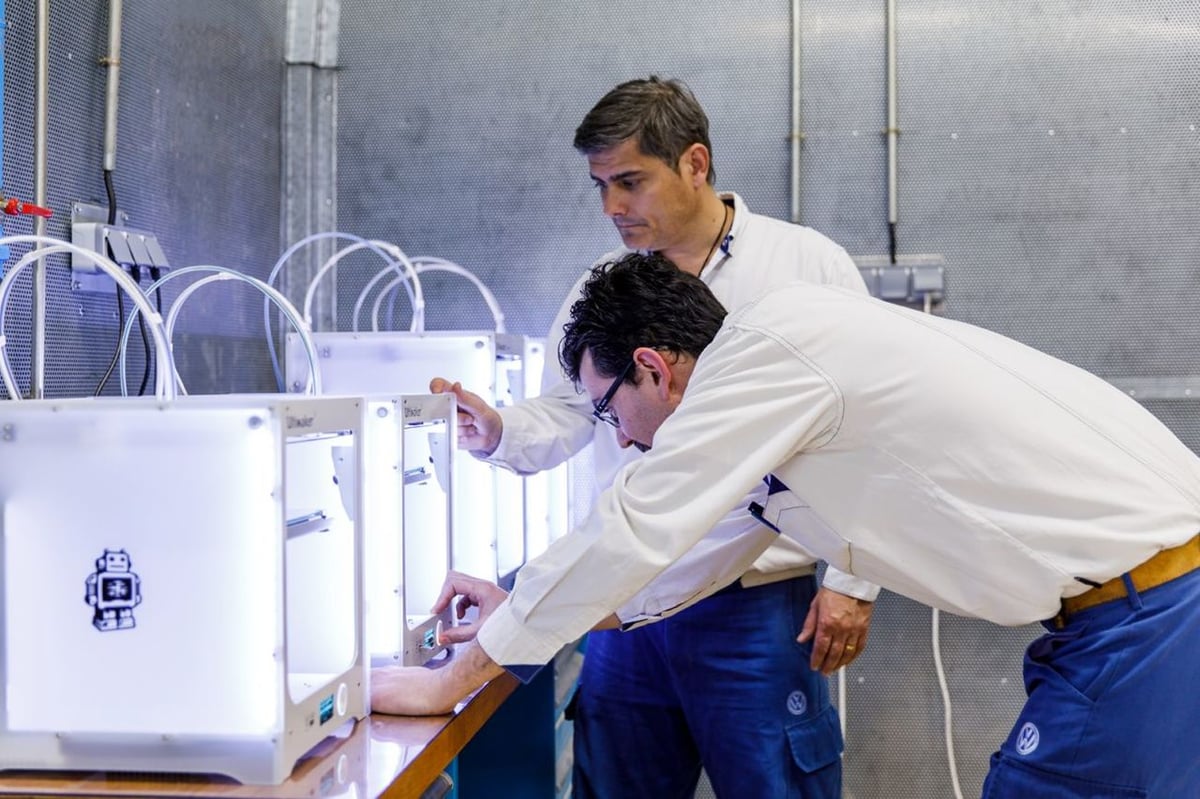
It’s no secret that 3D printing is kind of a big deal in 2019, even excluding consumer enthusiast communities: As an industry, it was worth about $7.3 billion in 2018, according to the Wohlers Report. That’s a 20% growth from the previous year. Investors are taking note of the opportunity, fueling the fast pace of innovation we see in this industry today.
As the old adage goes, “Money makes the filament spools go ’round.” (Or did we make that one up?)
But the innovations you’ll see in this article are not just the product of increased investment, they’re also a product of necessity. As 3D printing technology advances and more people are exposed to it, they’re realizing it can apply to many different problems in many different fields; thus the opportunity for innovation is tremendous.
So, let’s dive right in! In the following, we present several technological advances you can expect to see in the 3D printing world in the near future.
3D Printed Electronics
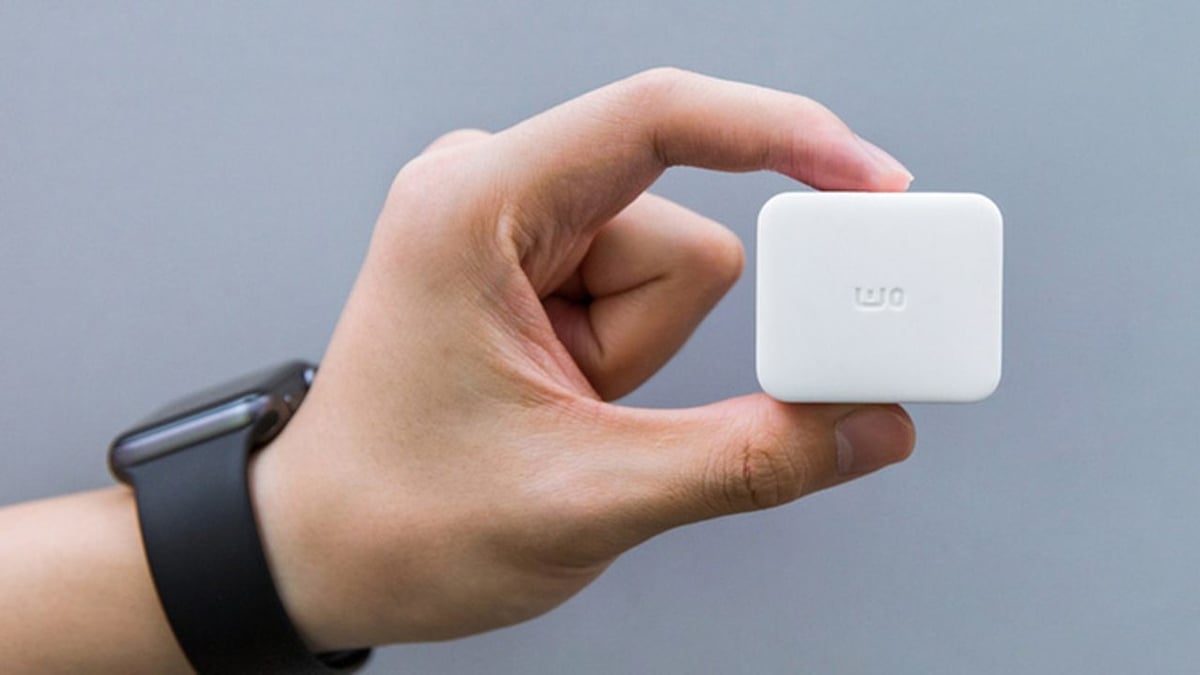
The most achievable and obvious improvement in 3D printing is speed. In other words, machines will get faster and faster at doing their jobs. And we’re not just talking about printing speed, like with Carbon3D’s CLIP technology; entire processes are being designed and optimized for speed.
One example of such a holistic optimization comes in the form of embedded, printable electronics. Rather than try to reduce the time taken to produce a sensor housing from thirty minutes to three minutes, why not just print the electronic portion of the sensor, too, to cut assembly time and human labor costs?
This capability is certainly on the horizon: Growing demand for Internet-connected “smart” devices and the resulting pressure on manufacturers to produce greater quantities of more complex devices almost guarantees that someone will at least attempt an all-in-one manufacturing solution.
Current innovations include wireless sensors, economical, hobby-grade circuit board production, and small-scale experiments with 3D printed capacitors and transistors.
Even more cutting-edge stuff to come? Subcomponents, like multi-layered circuit boards, that are cheaper, smaller, and more efficient — will be produced in-house and on one machine.
Generative Design
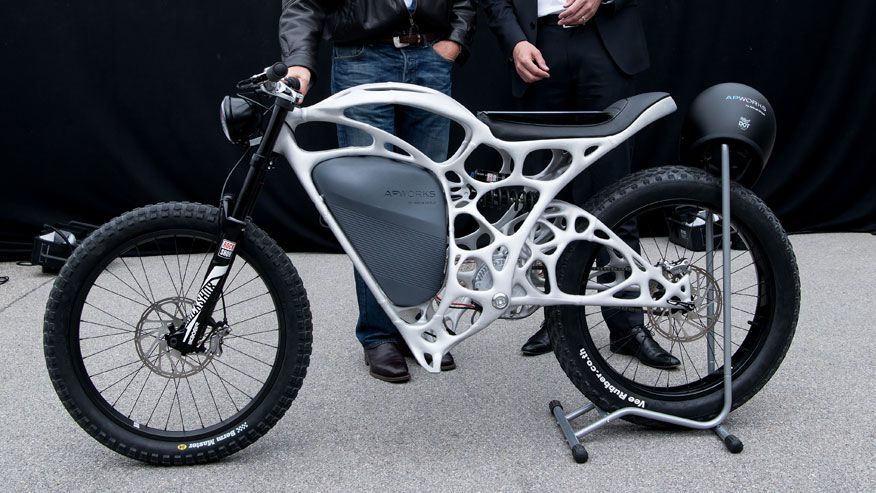
Generative design addresses the problem of visualizing a solution to a physical problem under the constraints of the human mind. As the components we need become more and more complex, asking one human (or many) to come up with a solution is a bit crude, especially when we can already collect reams of objective data on the design requirements and simply ask the same question of a computer.
That’s generative design, oversimplified. If you want to learn more about this process, Autodesk wrote an excellent introduction to it.
One real-life example of this data-based design approach is both beautiful and not new: the Light Rider by Airbus subsidiary group APWorks. This is a fully-electric motorcycle that weighs a measly 35 kg. The frame itself was 3D printed with aluminum and weighs about six kilograms.
Computer-Generated Ideas
As you examine the flowing, organic curves of the frame, what might shock you is that it was created not by humans, but by an algorithm. In fact, the algorithm was the only thing the designers were responsible for. It then produced the final design that would be fabricated, optimizing for weight and maintaining strength where it was needed.
Coupled with ever-growing machine learning, generative design certainly has a place in the coming decade. Think stronger, lighter, and safer automotive frames designed by massive data sets of stress points in car accidents, for example. These frames are components that humans currently design with a relatively narrow field of knowledge.
In this case, generative design would bring the ability to analyze, say, how a frame loses structural integrity in a crash. Simultaneously, it would factor in weight and other factors to produce an objectively better design.
And if you think that’s too far-fetched, you are mistaken. A process almost exactly like this has already been executed in a real-world project.
4D Printing
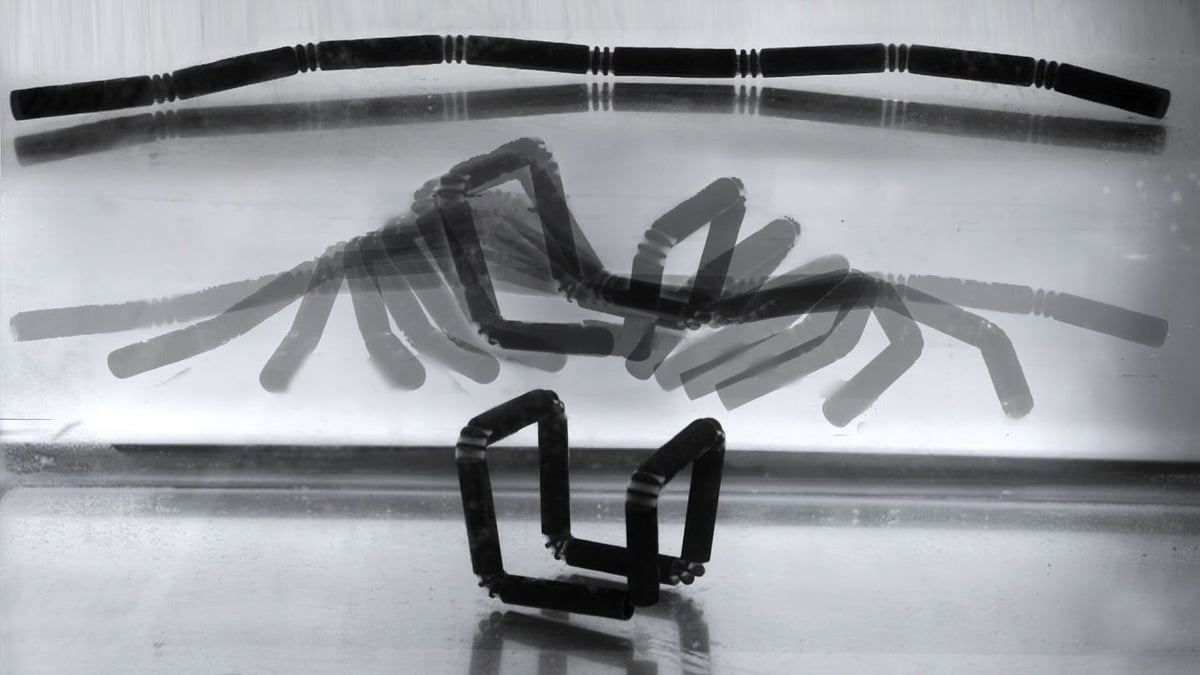
One catchphrase that was thrown around quite a bit for a time was “4D printing”. All it refers to is the production of parts with automated post-processing capabilities baked in. The “4D” comes from the added concept of time, which then becomes a factor in the production process. Objects that are produced in this way continuously adapt to certain triggers in their environment even after coming out of the printer.
So how do inanimate objects react to changes in stimuli? It’s simple (kinda): The materials used to produce them in the first place are nano-engineered to react to changes in heat, water, light, and other stimuli based on their intended function.
Coming Soon
If all of that sounds too far-fetched to you, just talk to the people at MIT: They’ve conducted a series of self-assembly experiments where objects that come off the machine, right after normal 3D printing, can morph into other forms. Their most recognizable piece of work is probably the line of material which self-assembled into the wireframe of a box.
Future applications of 4D printing are especially exciting. Imagine underground pipes that self-repair once they detect a leak, shoes that change grip depending on the friction coefficient of the surface you walk on, or furniture that adapts to light levels throughout the day.
Bound Metal Deposition
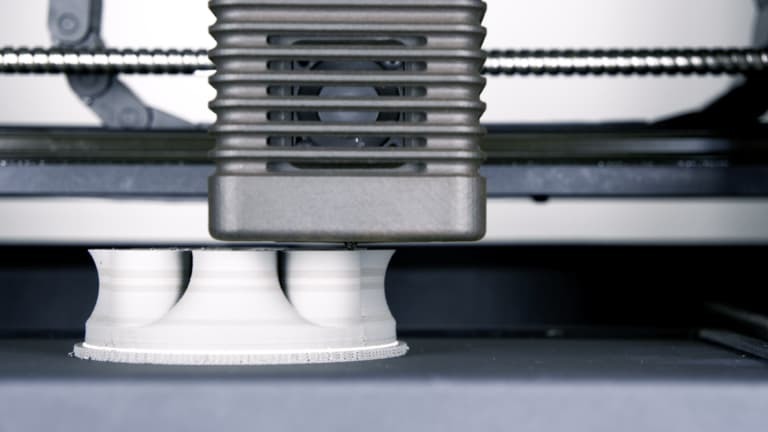
We’re already familiar with selective laser melting (SLM), the 3D printing process where a laser builds an object by fusing particles of powdered metal together, layer by layer. Well, the easiest way to explain bound metal deposition (BMD) is by introducing it as “a better SLM”.
You see, BMD is special because plain, vanilla SLM is quite dangerous when you’re working with most metals. In fact, some metals have to be sintered in a vacuum, otherwise they’ll explode when fused by the laser. This makes metal sintering slow, dangerous, and expensive, even if it’s already possible.
Desktop Metal
Meet the hero of the story, who are responsible for BDM: Massachusetts-based start-up Desktop Metal.
In DBM, metal powder is essentially held together during printing by a binding polymer, which means it prints almost like a regular FDM part. Then, the part is immersed in proprietary debinding fluid and sintered in a furnace, fusing all the metal particles together for good. This approach to printing metal parts is safer, cheaper, and faster than traditional metal sintering solutions.
If you want to learn more about BMD, Desktop Metal themselves have a deep-dive article practically begging for a read.
It’s easy to see the benefit of such an improvement: Several automotive companies that already incorporate metal 3D printing into their production processes stand to benefit directly from Desktop Metal’s technology. In fact, some are even investing in ventures like Desktop Metal, which are coming up with solutions that will eventually improve their production processes.
Benefits
The nearest application of BMD is low-volume production. This is nevertheless important because parts of the same strength produced using traditional methods require hefty upfront investment in tooling.
With BMD, you can simply manufacture the production-ready parts in small batches from the get-go. This would shorten the product development lifecycle significantly, for starters. But more importantly, it costs a fraction of the price of traditional methods.
A Lot to Look Forward To
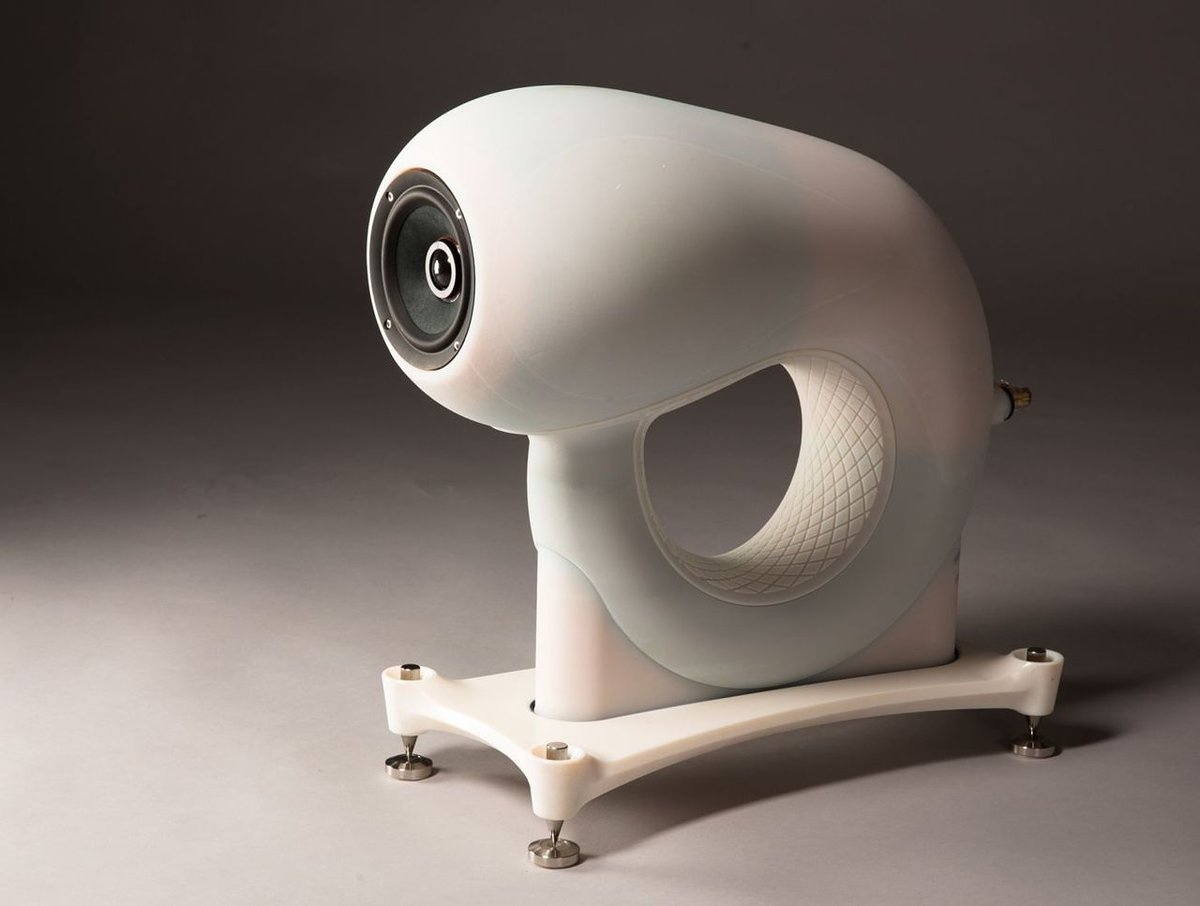
As you might have gleaned from the list of innovations above, 3D printing is a critical technology in several professional applications in 2019. As the stakes get higher, the targets will follow suit.
Those of us on the sidelines will get to witness a technological flourishing in several sectors, a flourishing that might occasionally do what technology does best: make the impossible, possible.
Feature image source: TechCrunch